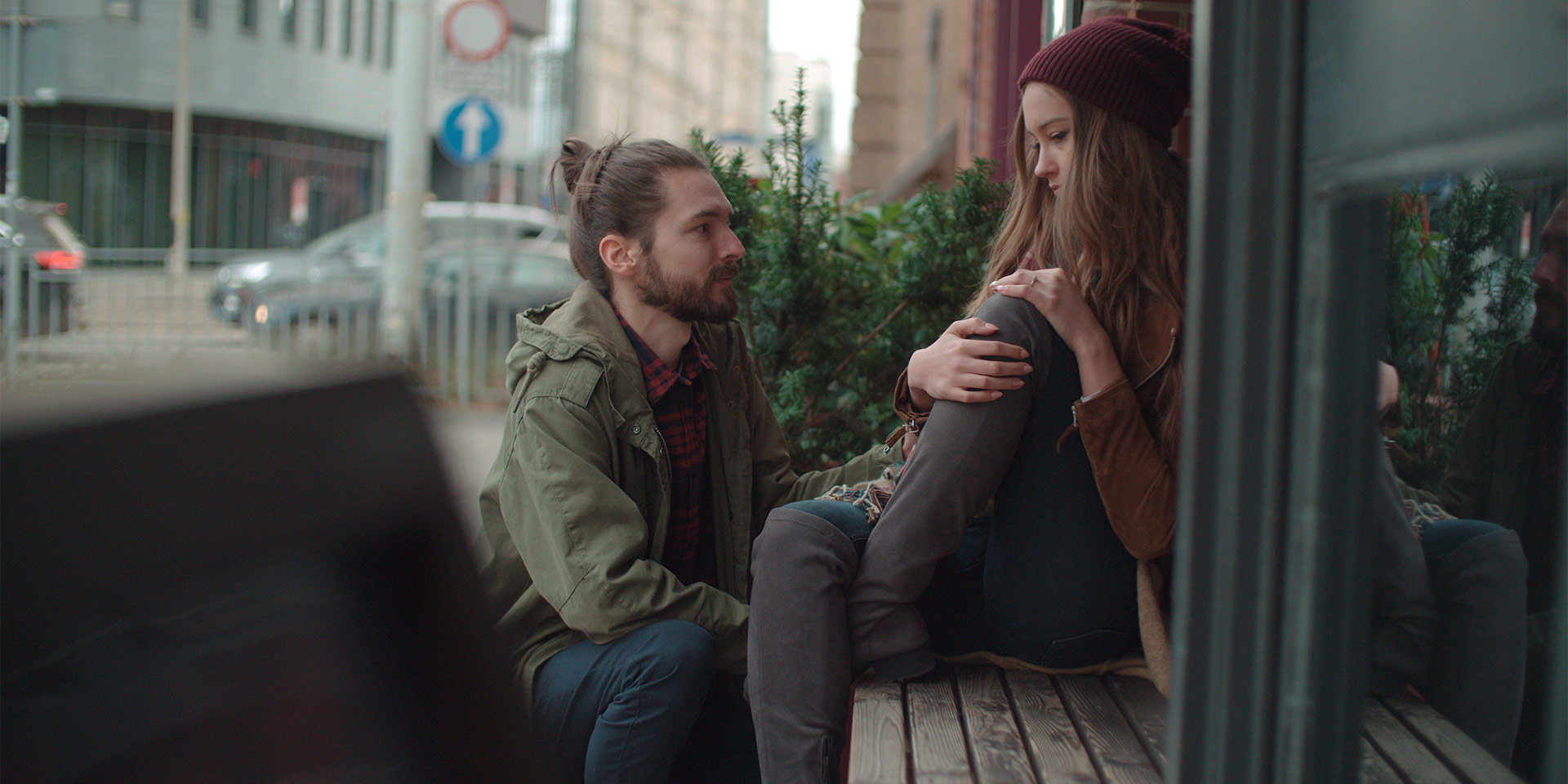Right at the start of the political thriller, The Post, a scene portrays military analyst Daniel Ellsberg with an empty gaze and a soul burdened by the horrors of the Vietnam war he was forced to document for the United States Department of Defense.
The scene shows how strongly he is affected by the pain of his American comrades still on the frontlines. Disgusted at the arrogance with which the defense representatives loudly perpetuated the lie that the Americans were advancing in the war, he would eventually declassify the documents that would prove the opposite.
In real life, it is probable that Ellsberg was rather motivated by the courage of a political activist opposing the war by refusing the call up and who had publicly declared he could not wait to meet his friends in jail. Despite all this, it’s also very likely that Ellsberg might have had a real shock when he came back from the front.
Psychologists talk about “secondary trauma”, a syndrome related and similar to post-traumatic stress disorder. People who have not been personally struck by tragedy, but who come in contact with traumatized people or who have been exposed to the description of a traumatic event in very vivid terms, can suffer from secondary trauma. Specialized literature has already documented the evolution of secondary trauma for rapid response units, medical staff, mental health doctors, and children with traumatized parents.
The symptoms of secondary trauma are similar to those caused by post-traumatic stress disorder (PTSD). The suffering person battles intrusive thoughts regarding the trauma he found out about, trying to avoid whatever might trigger those images again, negatively changing his convictions and feelings about himself and the world, and constantly feeling anxious.
The price you pay for caring
In the field of traumatology, secondary trauma is also called compassion fatigue. People experiencing compassion fatigue develop a chronic feeling of hopelessness. They lose the pleasure to do anything. They are constantly stressed and anxious, have insomnia or nightmares, and generally have a pessimistic attitude. These symptoms degenerate, like a vicious circle, affecting both their personal and professional life, decreasing productivity, reducing their ability to focus, and generating new feelings of incompetence and self-doubt.
Compassion is exhausting, experts say, when the stages of empathy are not fully covered. Since 1948 Theodore Reik has been writing that empathy starts from projecting oneself into the other person’s experience. It then proceeds to a stage of incorporation, in which one assimilates the other’s experience. One then experiences a reverberation: one becomes both a cognitive and physical echo of the other person’s emotions. Detachment should be the last stage, which consists of withdrawing from the experience of the other in order to regain one’s calculated reason and be capable of a more objective perspective. It seems compassion fatigue appears when the person loses his ability to detach himself.
Incomplete facts about empathy
The discovery of mirror neurons in the 80s lead to “empathy hysteria”, as Steven Pinker called it in The Better Angels of Our Nature. Since the revelation of the fact that people (just like some animals) have approximately the same neuronal reactions when they see another person doing something just like they would do it, the world discovered the cerebral infrastructure necessary to manifest empathy. When we see someone else suffering, our brains’ pain centres are also activated.
In the decades that followed, science completed the missing pieces of the neuronal puzzle with information about the “cerebral circuit of empathy” which describes the key rules involved in managing emotional learning and reading emotions. However, worrying sociological findings have been added to these pieces, such as the fact that today’s students are 40% less empathetic than students of previous generations. This and other similar information has led to the popularization of the belief that, in our culture, an empathy deficit is more and more evident.
The discovery of mirror-touch synesthesia has upset this evaluation somewhat, showing that no less than 1.6-2.5% of people are born with the uncomfortable capacity to feel other people’s sensations. Although it varies, this is generally described as a touch “echo” which one person sees in the other. Some have forced this phenomenon to prove the existence of so-called “empaths”—people who can read the feelings of another person with great accuracy just by looking at them or being in their presence.
However, if the scientific arguments for this type of empathy are rather weak, the arguments in favour of the existence of altruistic empathy are more numerous. One such argument comes from a study conducted in 2011 on lab rats. The rats were taught to open the door to a cage and, once this skill was acquired, researchers tested to see whether rats would free one another without receiving any reward. They concluded that the answer is “yes”. Rats repeated the liberator behaviour even after they stopped receiving the reward of being reunited with the liberated rat. And when they had to choose between opening the cage where another rat was trapped, or the cage with a piece of chocolate, they opened both doors and shared the chocolate. The researchers’ conclusion was that rats proved they had empathy because “they had nothing to gain” otherwise by their behaviour.
It would be difficult to prove, under these circumstances, that one’s selfishness is hidden at the root of altruism and that, therefore, empathy is a form of self-centeredness. Some people’s predilection to associate empathy with selfishness goes so far as to say that there is no altruism and that, in fact, what we feel when the pain of another hurts us is actually our own pain, which we see mirrored in our loved one. However, this is hard to believe, especially when science has observed and described how, on the contrary, empathy enables certain people to focus on the other so much so that they forget about themselves. Considering the devastating effect that empathizing with someone might have on a person who did not personally go through a traumatic event, it is surprising how often people refer to empathy as being a mask of one’s own selfishness.
Weapons against exhaustion
Nobody is immune to the effects of the stress generated by secondary trauma and, as psychologist Antonio Damasio argued, the more deeply rooted our sense of worth and adequacy is in our work, the less we will resist when that work involves exposure to trauma.
Specialists recommend that, first of all, we should admit that we are exposed to the risk of exhausting our supply of compassion. We should then find a way to release the troubling feelings by, for instance, journaling or praying and telling God what happened and what we felt. It is also important to do something to maintain our self-awareness: to make an inventory that follows the balance indicators in our lives, to self-evaluate the behaviours we resort to in order to reduce tension, and to give up those behaviours which come with side effects (various addictions).
When we are intentional about looking after ourselves, we will not deny the negative feelings we have (fear, sadness, anxiety), but we will accept them. We will try to join what gives us pleasure in life with what makes life meaningful. We will reduce the number of tasks to perform and make sure we can deal with them. We will sleep and eat well, and get enough exercise. And, last but not least, we will express gratitude for what we and others have.
Alina Kartman is a senior editor at ST Network and Semnele timpului.



















